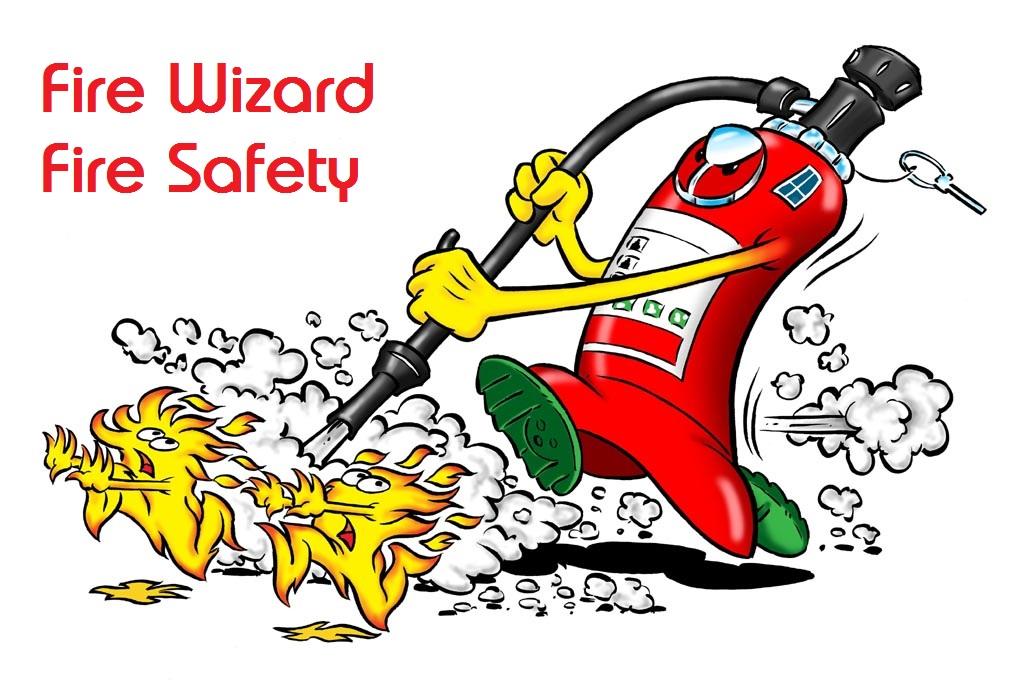-
Posts
2,575 -
Joined
-
Last visited
Everything posted by AnthonyB
-
Looking at all the various questions on here for different premises it looks like you need to employ the services of an external competent person. Call centres usually have a higher density than offices and in older buildings, constructed based on office use and before call centres were a thing, will usually only have means of escape based on the lower office density and so a change of use results in overloading the capacity of the escape routes, both vertical & horizontal. I would first calculate the maximum capacity of your existing escape routes as this often is where the limiting factor comes in.
-
Foam extinguishers are suitable for Class A fires as predominantly water based and in the UK all carry a Class A rating (in some cases a very impressive one allowing an extinguisher to cover twice the floor area of a plain water jet extinguisher). Whilst the use of plain water spray is preferred for environmental reasons where there is no Class B risk a large number of extinguisher companies still install foam spray
-
You will also find most of those special user exemptions are now expired and the only remaining use of any note is on board aircraft and that expires soon so that no one will be allowed to use it. I suggest you also actually read the Equality Act.....?
-
Is the main hall provided with smoke ventilation?
-
The common areas should have emergency lighting, although if not fitted retrofitting would be considered a lesser priority in risk assessment guidance than matters related to fire doors and compartmentation.
-
The Housing Department are usually the lead enforcer in HMO's although both the Housing Act, HMO Regs & Fire Safety Order apply. Existing doors upgraded using third party accredited products in accordance with manufacturers instructions should give adequate performance such that you could provide a suitable case not to replace them. Enforcers can only suggest one solution and if you have a different one that achieves a similar level of safety they are meant to accept this (& appeals and determination processes exist to support this)
-
Ideally - too many internet bought extinguishers are damaged in transit, lost pressure or incorrectly assembled by the user. Some construction companies use the P50 range in cabinets and reuse them from site to site as they can complete the maintenance themselves.
-
If those are compartment walls (as they could be) you would expect a self closer.
-
Without seeing the layout of the building I can't be certain
-
Building Control will often insist on the cut off, if the exposed surface area of the frying risk exceeds 0.4sq.m. there should be fixed suppression. You don't need the AFFF, over complicates things - the Wet Chemical will cover Class A & F (and increasingly often B as well) and the CO2 the electrical
-

Roof exit doors opening onto an external flat roof
AnthonyB replied to a topic in Fire Doors and Accessories
No -
Usually not if to open air unless an extenal stair or similar escape passes close by (or the door is onto it on any other than the top floor)
-
If it is a door to the outside it doesn't automatically need one, if it's between two internal areas it is more likely to need one - generally of part of a protected route or a compartment wall
-

Large Student Accommodation. - Fire Doors
AnthonyB replied to Tommy's topic in Passive Fire Protection
A lot of these developments are deliberately put forwards as the same as a block of purpose built flats for planning and building regulation purposes rather than commercial sleeping risk - treated as a dwelling they wouldn't need closers to bedrooms and only FD20 doors which is often achieved by using a FD30 blank but not adding strips. Makes the build cheaper & more flexible. -
Sounds like it would be good in my Museum, although if a Britannia extinguisher it's probably still fit for use (Unless it's a small one with a plastic valve) even though 99% of service firms will just replace new. If it's a HMO or holiday accommodation then Article 17 of the Regulatory Reform (Fire Safety) Order required suitable maintenance, if rented under a tenancy the Housing Act applies, also a HMO is covered by its own legislation in addition, usually as part of licensing.
-
Depending on how you interpret Section 3.5 & Table 3 of Approved Document B you could come to that conclusion, likewise you could come to 120 as well
-
It's possible depending on the level of fire resistance required. This product selector will help you determine the required type & thickness of board and type of supporting system for the FR you require: https://www.british-gypsum.com/white-book-system-selector
-
The s suffix designates a fire door requiring a cold smoke seal (brush or fin), usually where escape routes need protecting. Both doors will seal in their frame after exposure to high temperature as the intumescent seal expands, but the door without a smoke seal will let cool smoke through for a period until the room reaches sufficient temperature to activate the intumescent.
-
You need to ask this on firealarmengineers.com/forum Because of how a twin wire or sav wire system works (voltage drop or polarity reversal depending on type) traditional zone monitors and sounder driver units generally wouldn't work. Interfacing the panels (presumably the current set up) or making the twin wire zones addressable spurs by putting new devices on and using isolators at the relevant points are what you often see. You would have thought someone would make suitable off the shelf products for monitoring twin wire zones.
-
For a very long time BS5839-1, the standard for fire alarm systems, has required 2 sounder circuits on fire alarm systems. Whilst a BS is not law, it is generally used as a benchmark for legal compliance and if you wish to vary from it (which you can legitimately do in some circumstances) you have to justify why the departure still provides an adequate level of safety. With one circuit there is a risk that if something goes wrong with it then you will have no warning at all of a fire - with a second circuit at least you will get partial warning.
-
Whilst still sold most models of Perko chain are not to current standards for fire doors and have indeed been advised against since the 90's because of their unreliability - an EN1154 compliant device should be used. A lot of fire safety products are miss-sold and many adverts for 'fire door compliant' chain style closers are only tested to BSEN 1634-1 for fire resistance and do not meet the actual standard for closers BSEN1154
-
But they don't have to - certainly exits used for less than 60 persons can be accepted opening inwards, although it's preferable to open outwards.
-
Is this hotel built yet? If not then the designer can choose between Approved Document B, BS9999 or a bespoke engineered solution following BS7974 principles. If already running then the built fire strategy will need reverse engineering based on an examination of the construction, dimensions, active and passive fire precautions, management, etc. Of course the term fire strategy is sometimes used for the emergency evacuation & response plan for fire in a premises or the fire safety policy document. Guidance on existing premises is given in the DCLG Sleeping Premises guide.
-
If the compartmentalisation is fixed then the alarm need not automatically need to extend to the accommodation if it has separate access, otherwise you will need sounders in the accommodation to give 75dB at bedhead and 60-65dB elsewhere. If the flat has it's own smoke alarms you don't automatically need detection from the pub system
-
Usually smoke, if it's an open kitchen optical would have a slightly lower false alarm risk. A heat wouldn't activate quickly enough. Depending on the size of the room I've seen both, heat near the kitchen section & smoke further back over the living area. The Fire Safety Order covers common areas, which in purpose built flats usually only require detectors to activate smoke control facilities not alarms.

